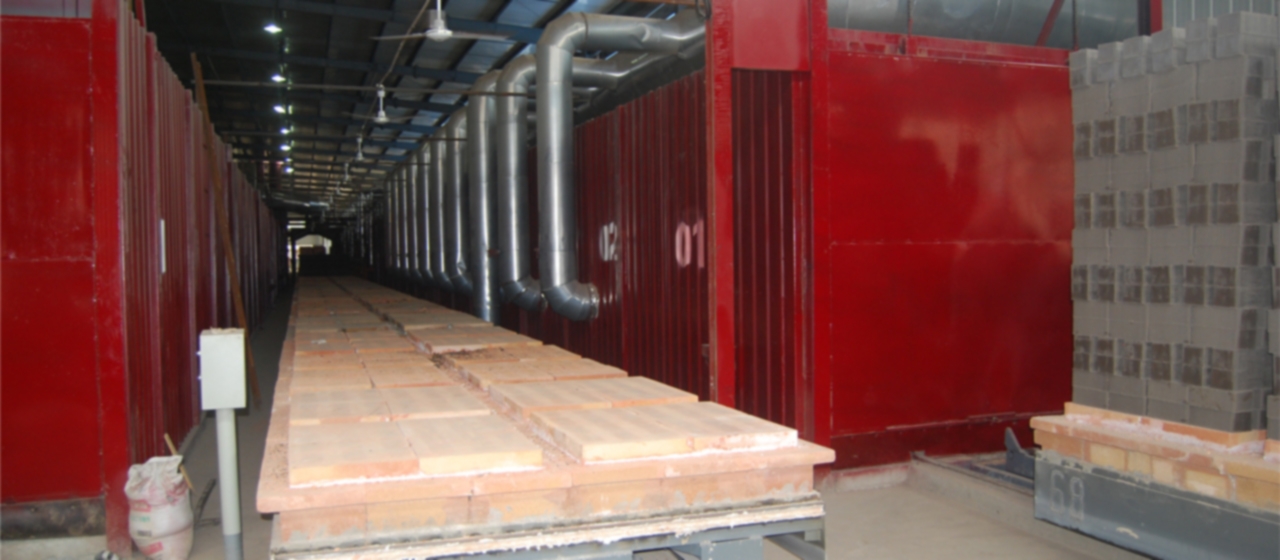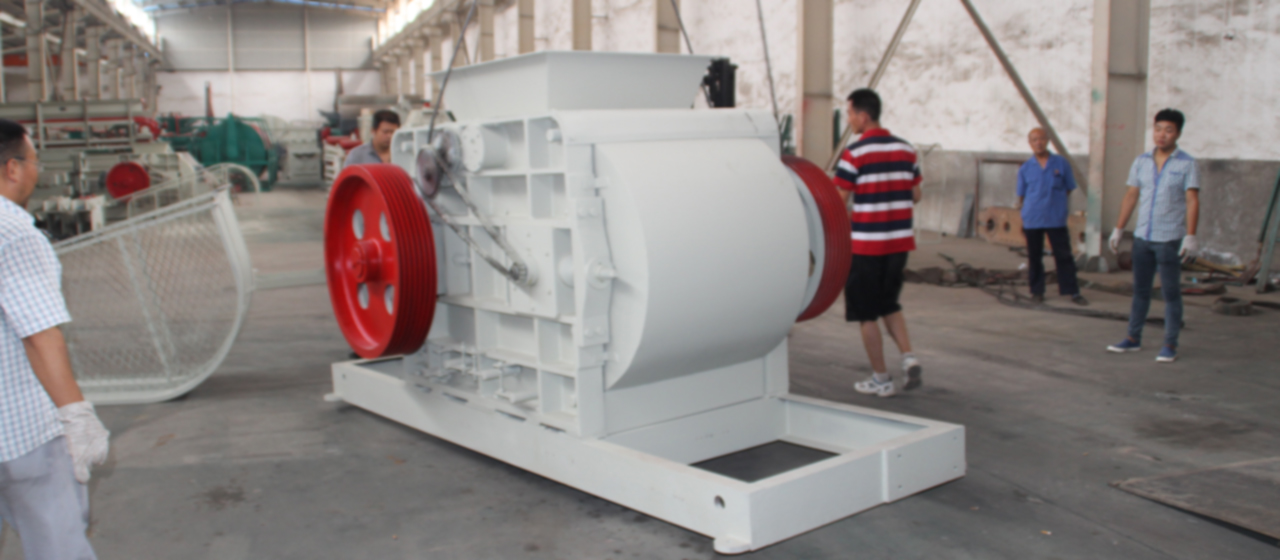Entretien et rénovation technique de la chinois du four à brique de frittage
A la fin de chaque année, la production de la plupart des entreprises de matériaux muraux est affectée par les conditions météorologiques ou les vacances de la Fête du Printemps, Et ils arrêteront la production pendant un certain temps. Cette fois peut être utilisée pour une inspection complète, Maintenance ou transformation technique des fours – fours tunnel, in order to make the production of the following year more convenient and efficient.
1. Entretien
After about three days of cooling down after the kiln is turned off, tous les wagons à l'intérieur du four peuvent être retirés. En inspectant soigneusement l'intérieur et l'extérieur du four et les installations et équipements auxiliaires associés, and based on the understanding of the aging and damage situation in various places, un plan de maintenance peut être formulé.
1.1 Désenfumage sous pression
Check whether there is any air leakage, fissures, collapse or other phenomena in the main flue and branch flue. Clean up any debris that affects ventilation, such as smoke and rust stains. Weld or replace severely corroded metal pipes. Clean up the broken blocks inside the Hafeng to solve the problem of hindering the pulling force and affecting the preheating of the lower part of the billet stack, and repair the wall of the Hafeng vent damaged by the collapse of the billet stack. Understand the usage status of the air brake, including durability and whether it is tightly closed, and whether it can be flexibly opened and closed. D'ailleurs, check if the waste heat extraction system is working properly and perform maintenance on it one by one.
1.2 Kiln Wall and Kiln Roof
Check if there are cracks or protrusions on the kiln wall to determine if it is a precursor to the foundation sinking and endangering the kiln roof. Minor cracks with a small quantity can be ignored, and gaps larger than 2mm should be carefully examined. Especially if there are bricks falling and protruding from the kiln roof, they should be repaired. Sinon, minor cracks can easily cause the brick stack to collapse, and severe ones can collapse during operation, leading to forced flameout and even injury accidents. Check for bubbles or lumps on the walls and roof of the high-temperature section kiln, which are often caused by poor material quality, improper masonry orientation, or insufficient length resulting in high-temperature burning. Check for any debris such as broken bricks in the contraction and expansion gaps, nettoyez-les, and then re plug them with aluminum silicate fiber cotton. Understand the quantity and extent of damage to the curved seal bricks, which are often caused by the following reasons: ① kiln car scratches and dents due to excessive height or width (some production problems or deformation caused by derailment, chute, and collision due to careless operation); ② Defects in local masonry or track laying of kiln walls; ③ Scratching of collapsed brick stacks. If the curved sealing bricks are damaged repeatedly, it will endanger the safety of the kiln walls and roof.
1.3 Scellement au sable
After one year of use, a large amount of broken bricks, débris de sol, fuel slag, and sand particles that have become finer due to friction will be mixed into the sand sealed groove, which will have a negative impact on normal sealing. Clean it completely before sieving it, removing impurities that are too large or too fine, laissant derrière “particules de sable sec” la taille d'un haricot mungo pour une utilisation ultérieure. Repair the collapsed or scraped sand groove, and then fill it with screened sand particles. Check if the Gaza pipeline is unobstructed, car il est sujet au blocage en raison de particules de sable trop humides ou mélangées à de gros débris.





